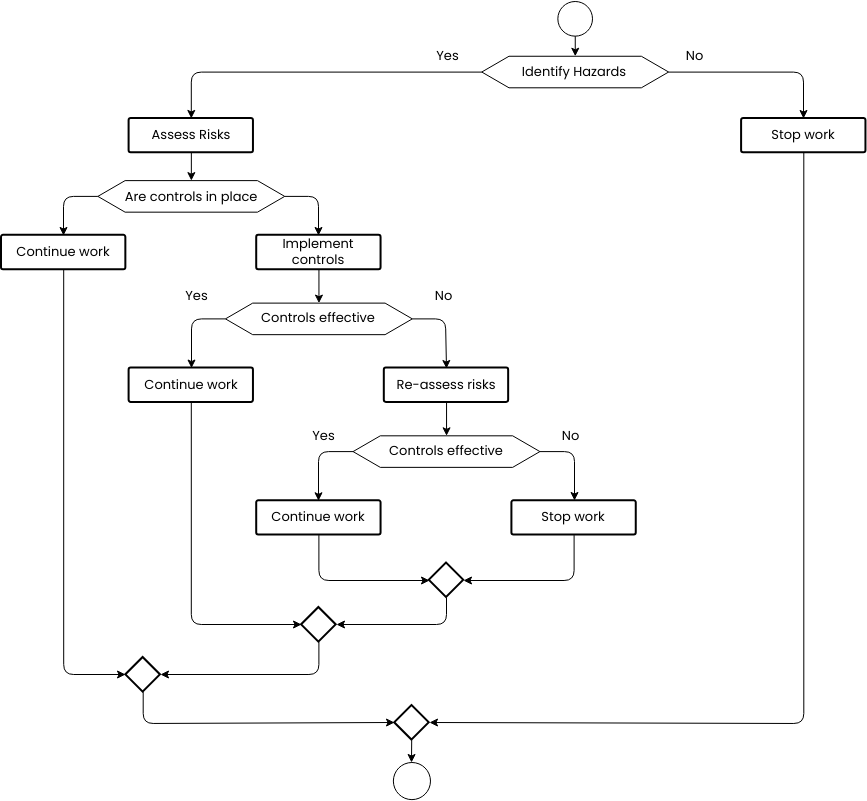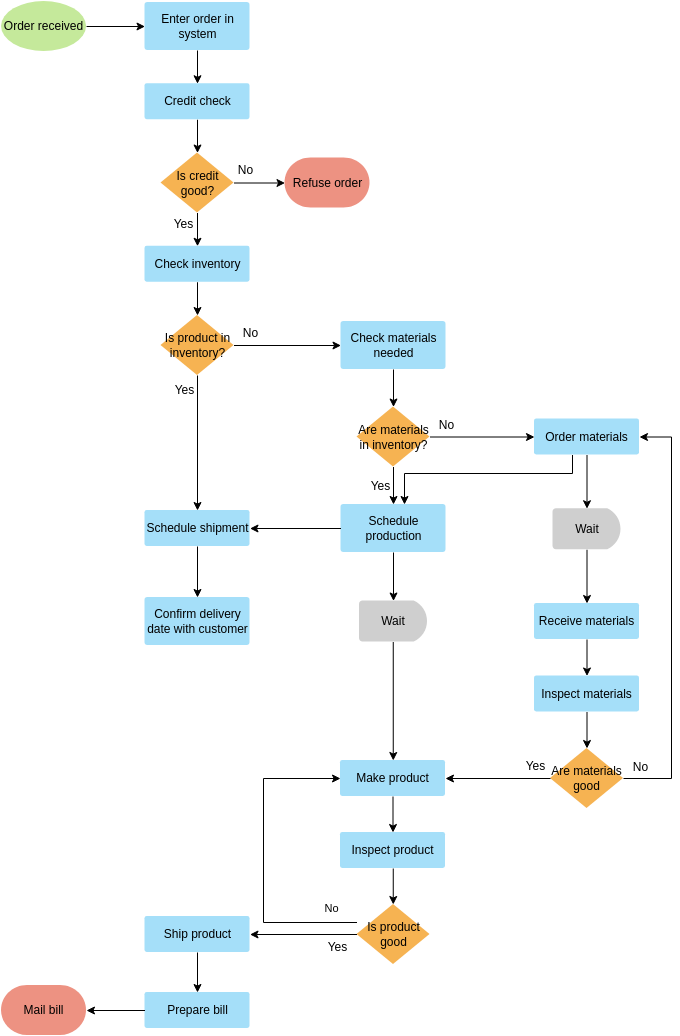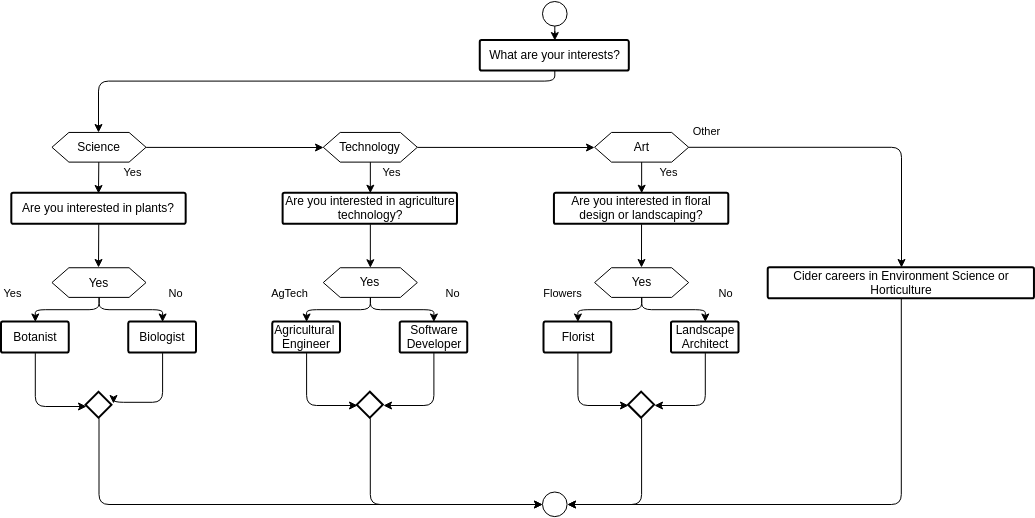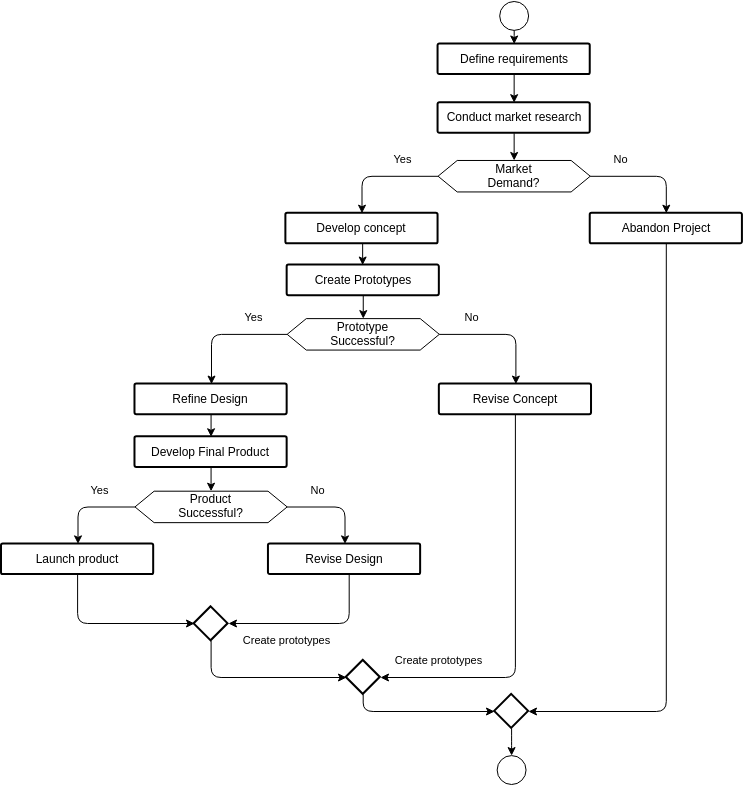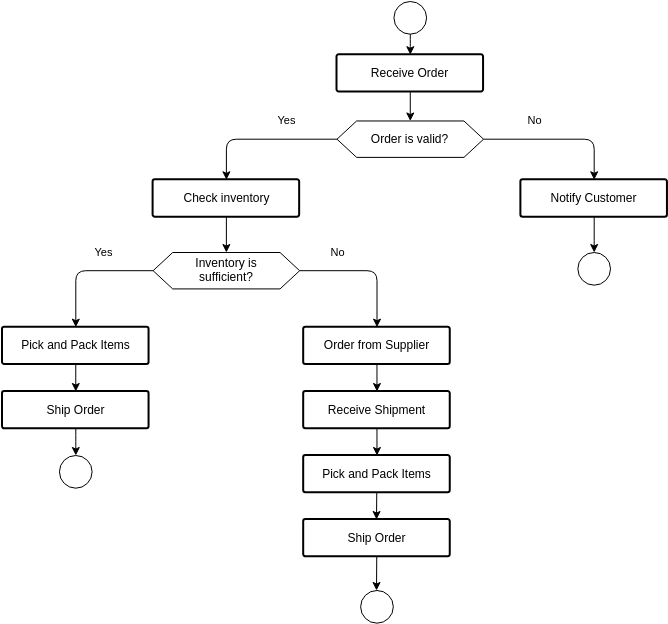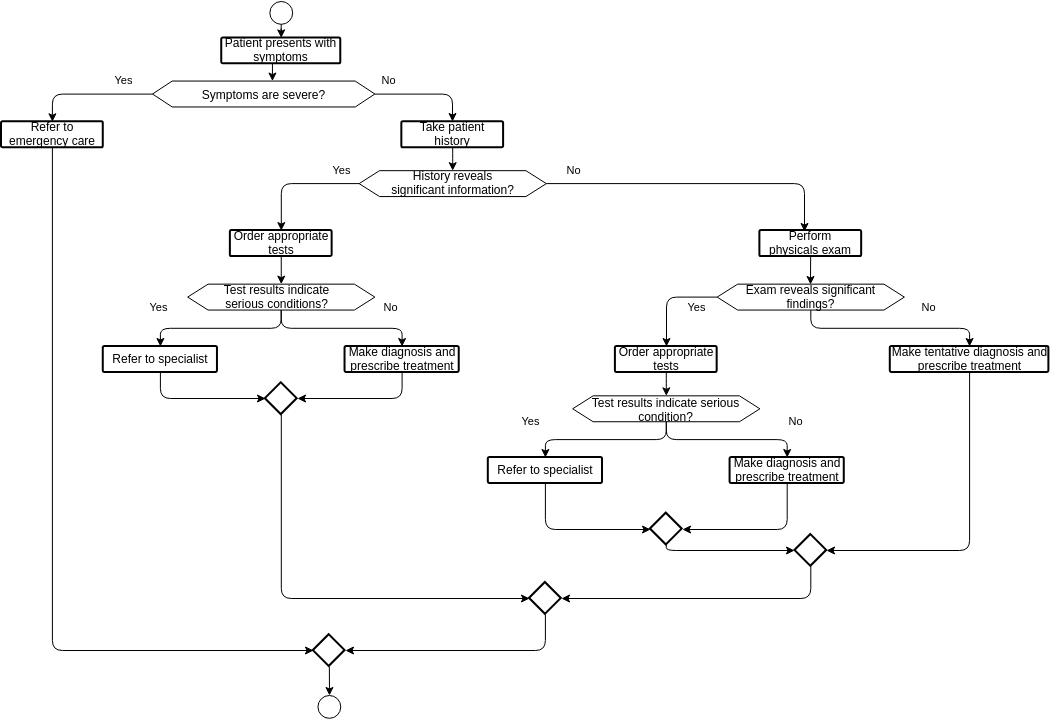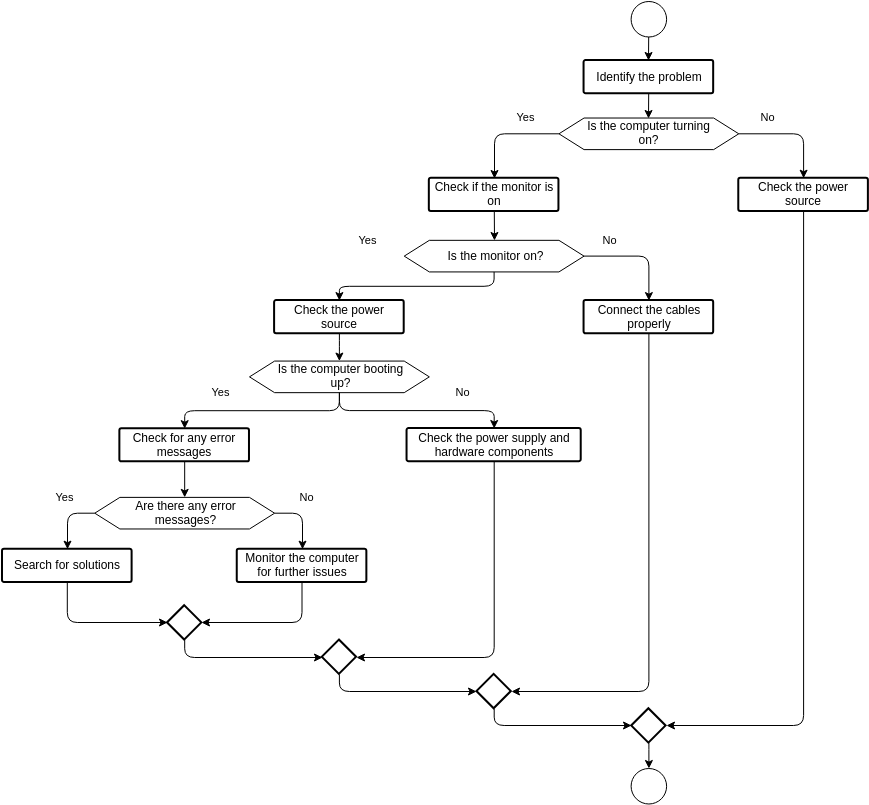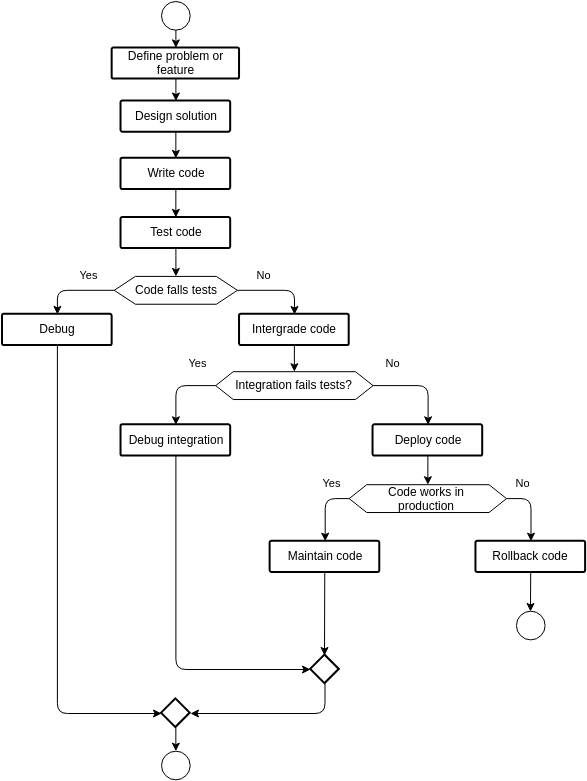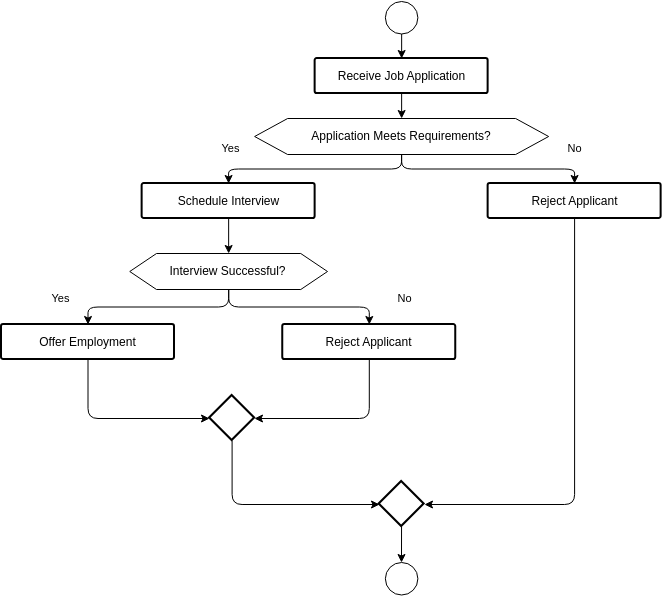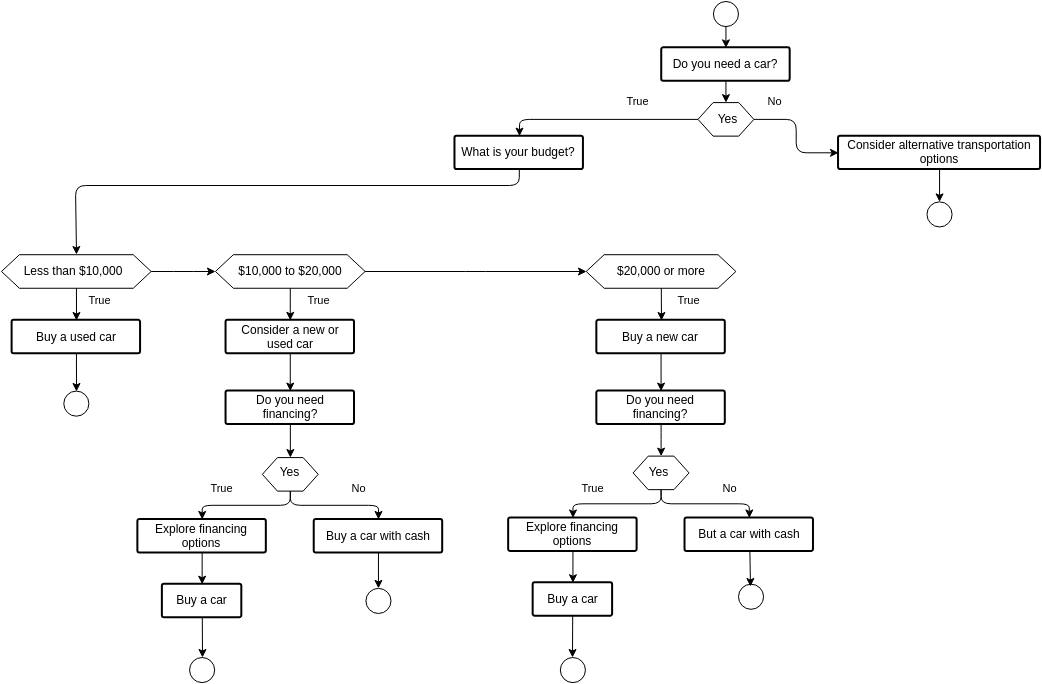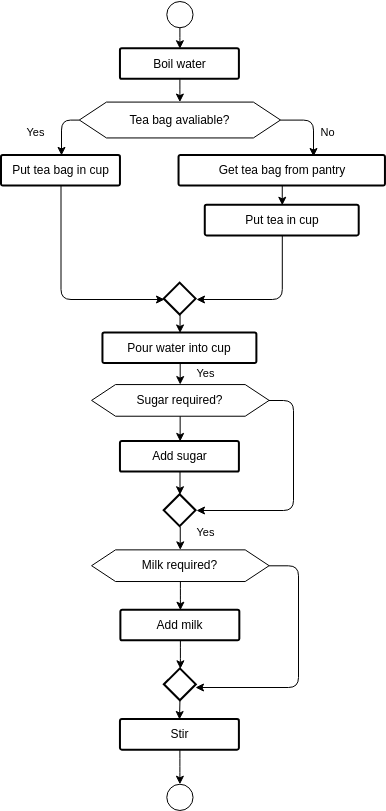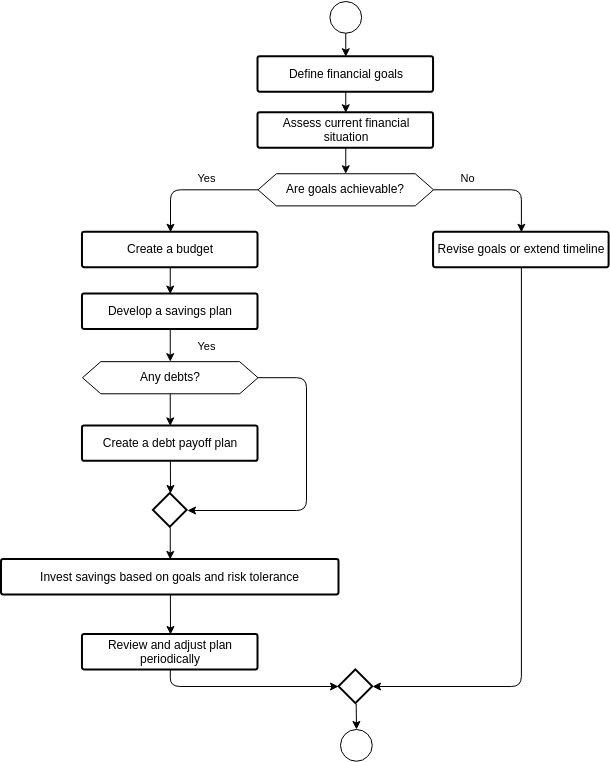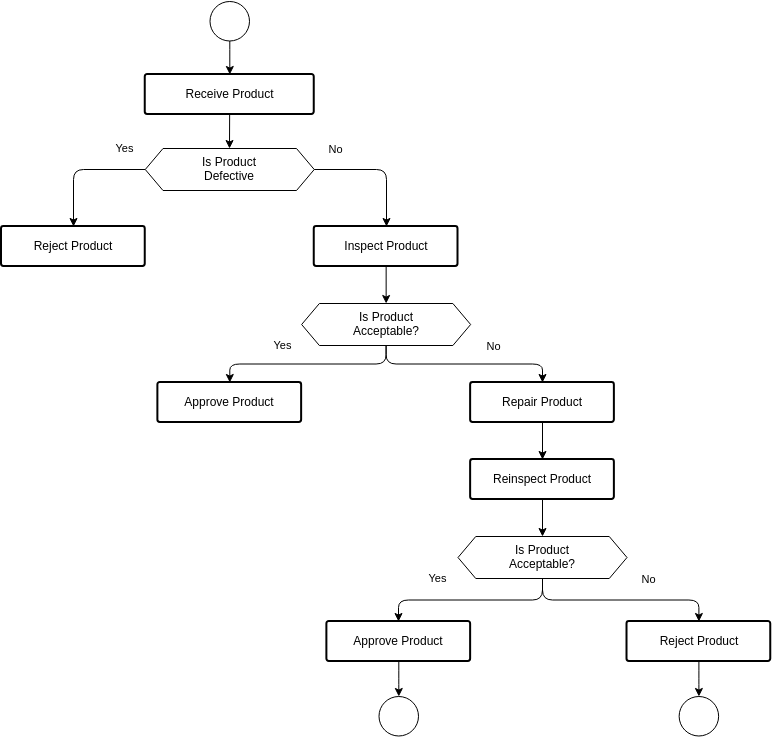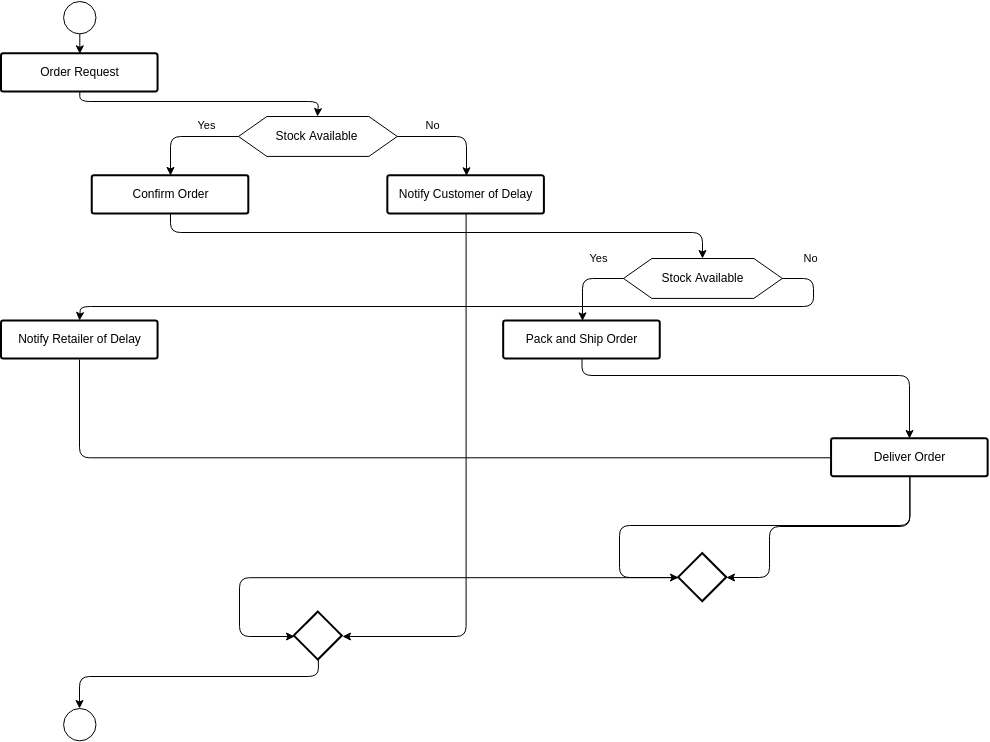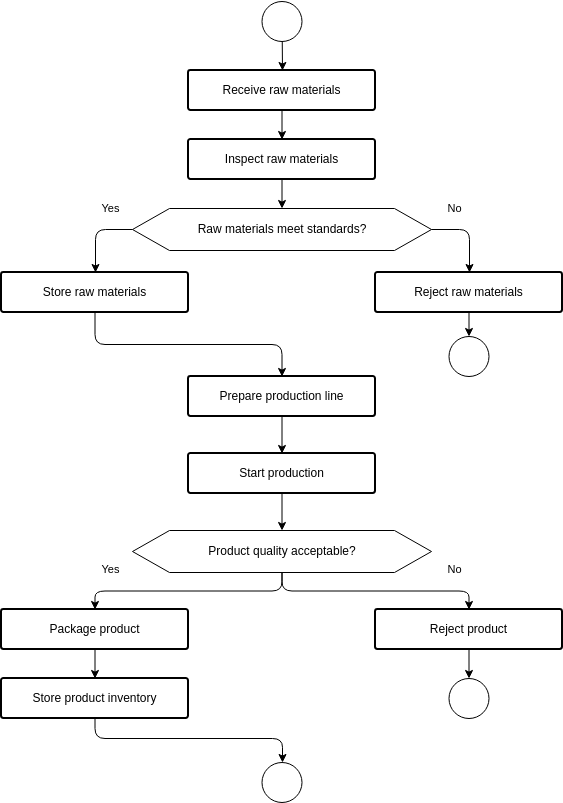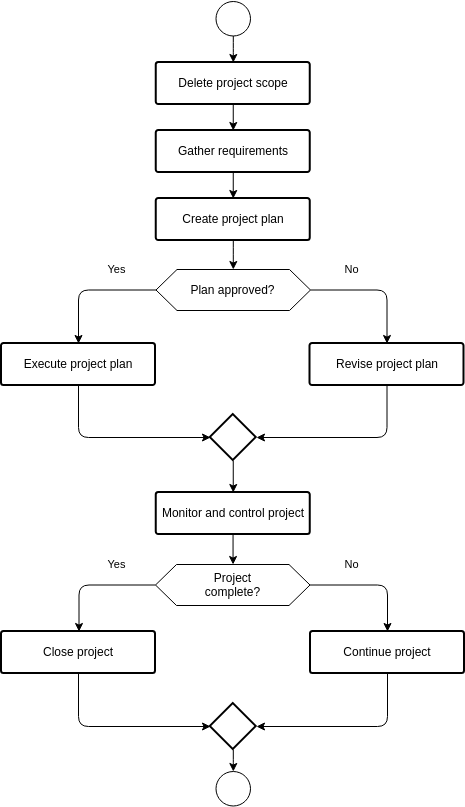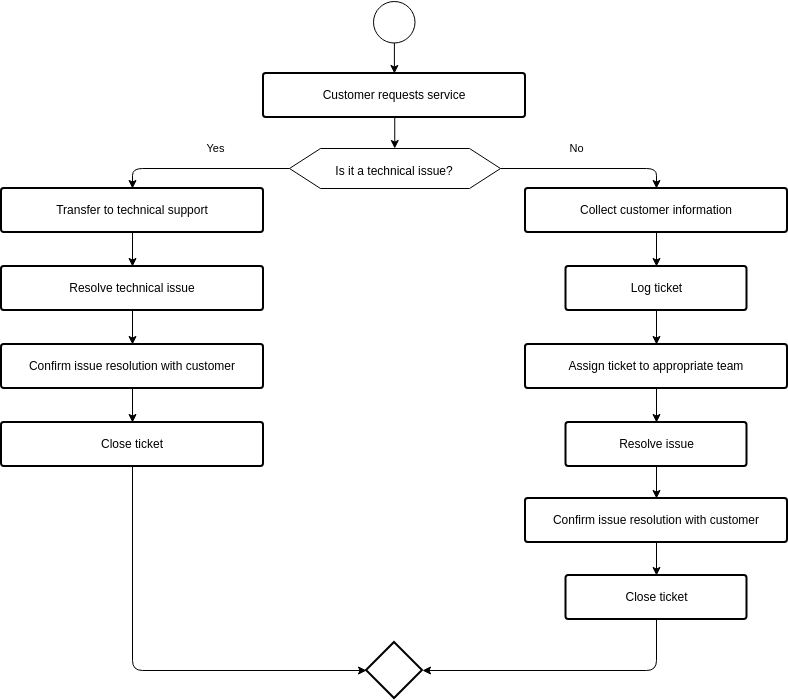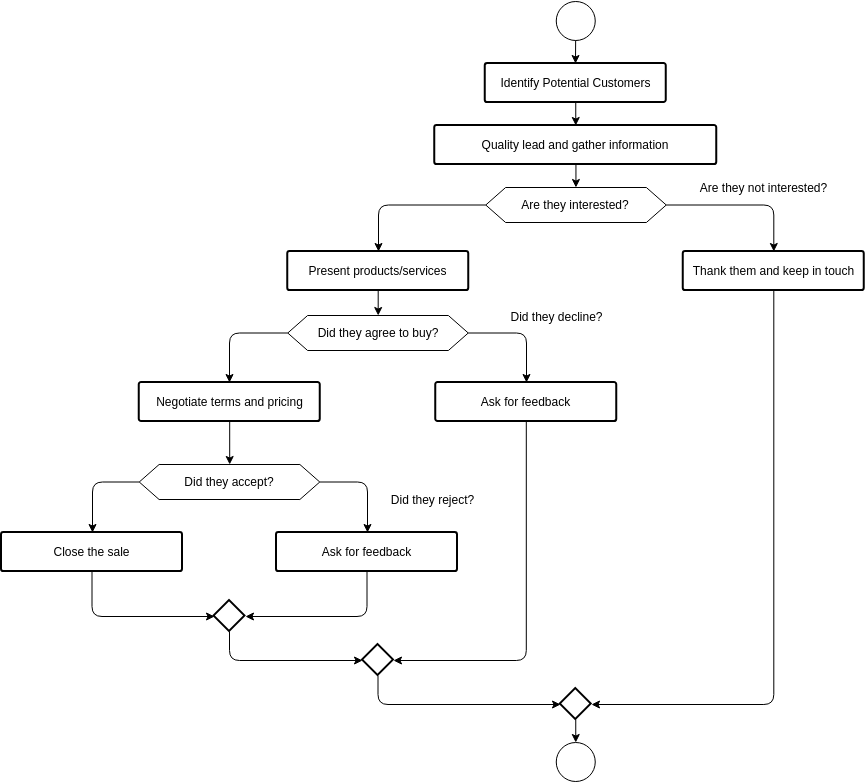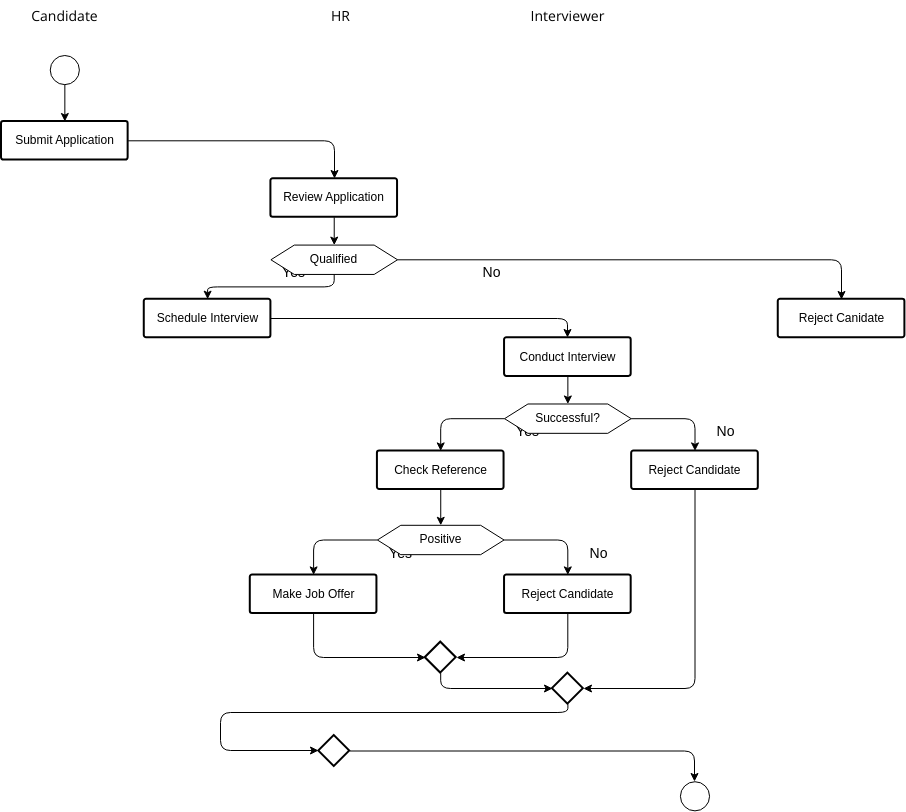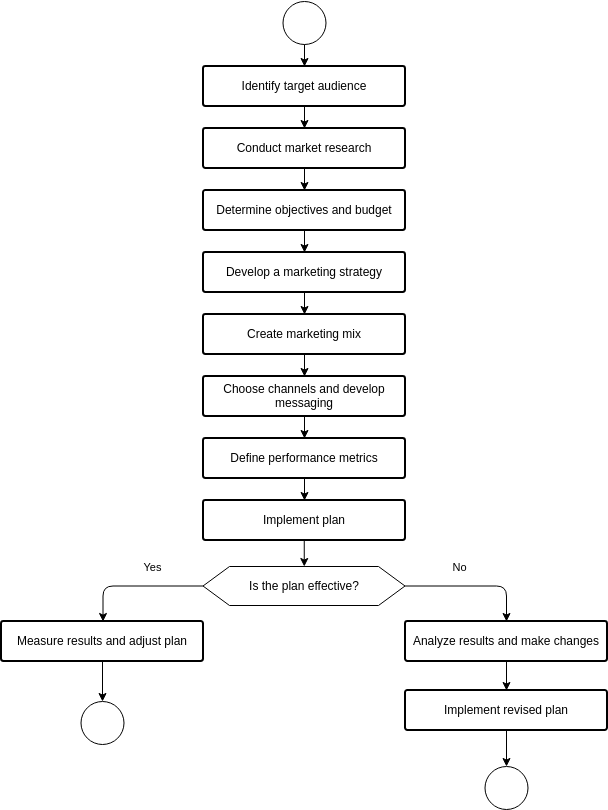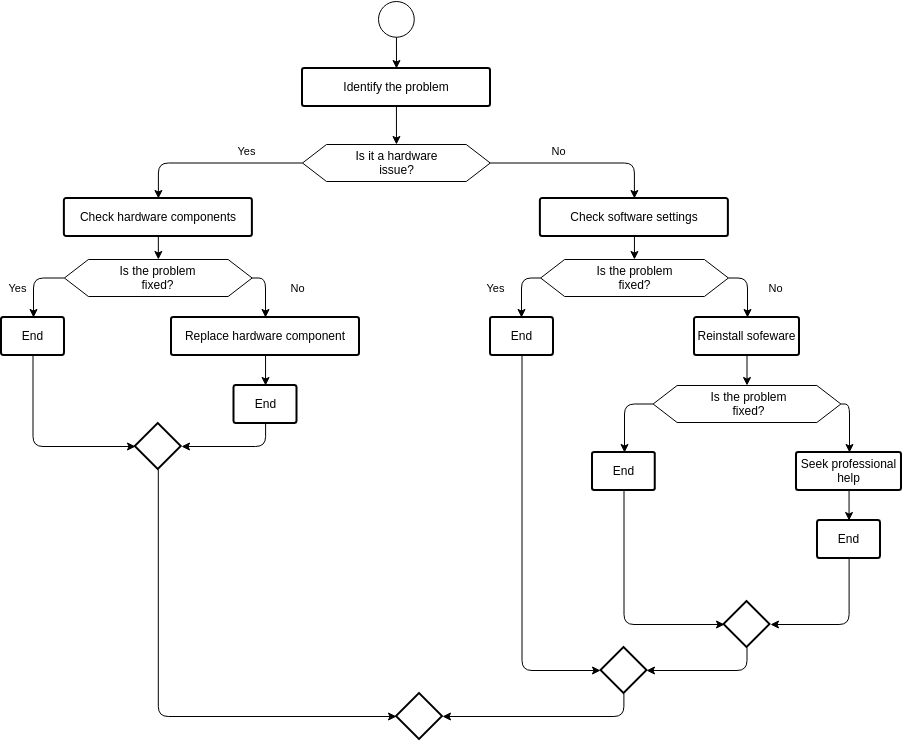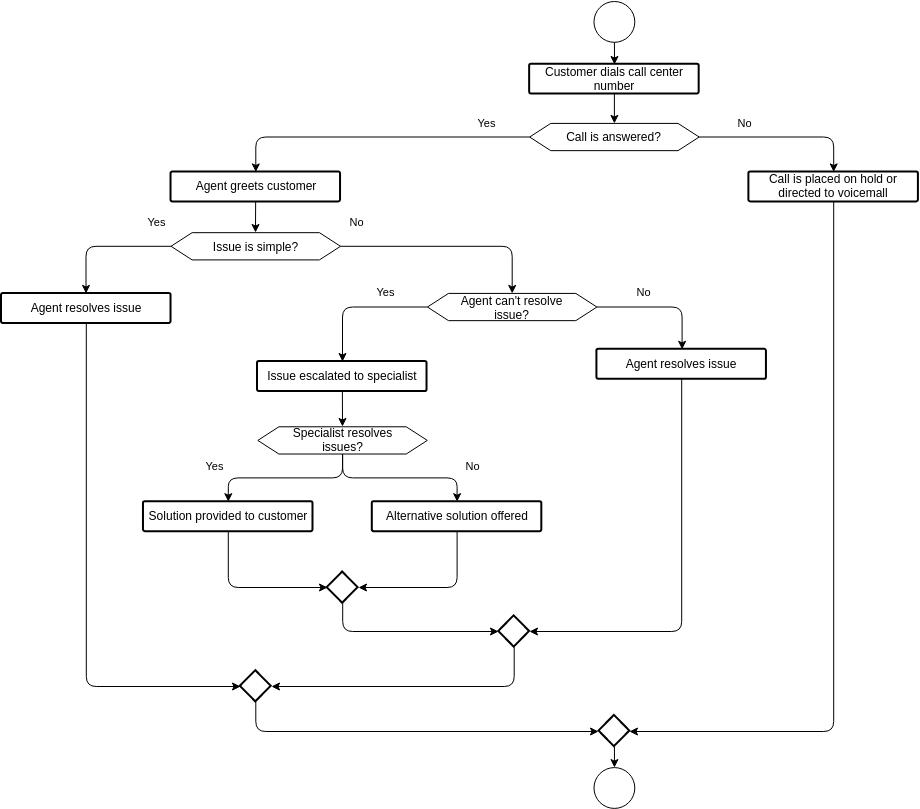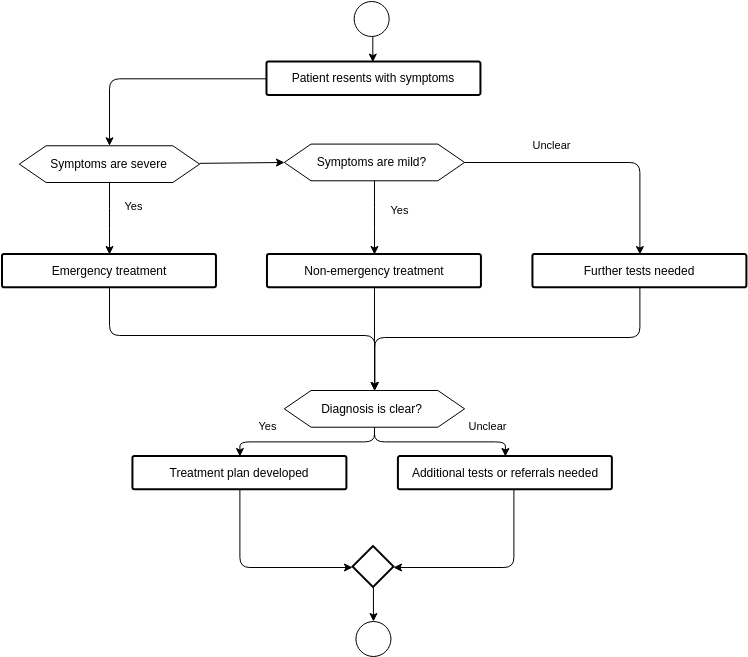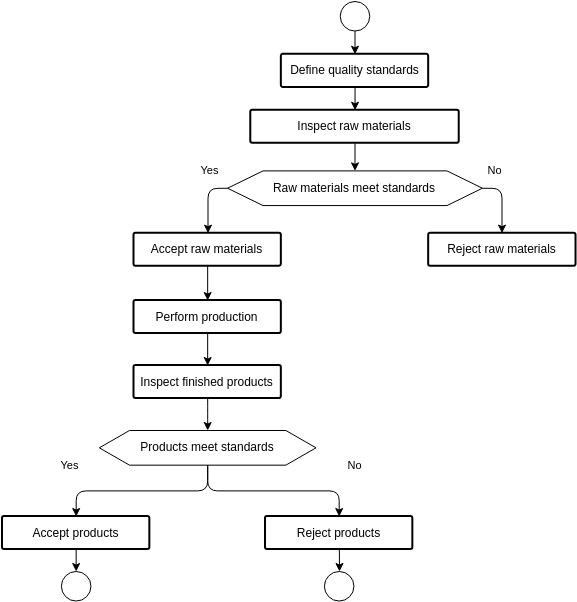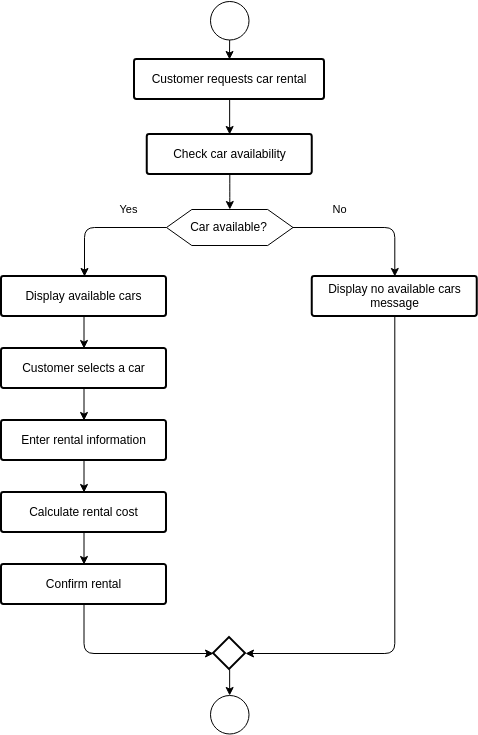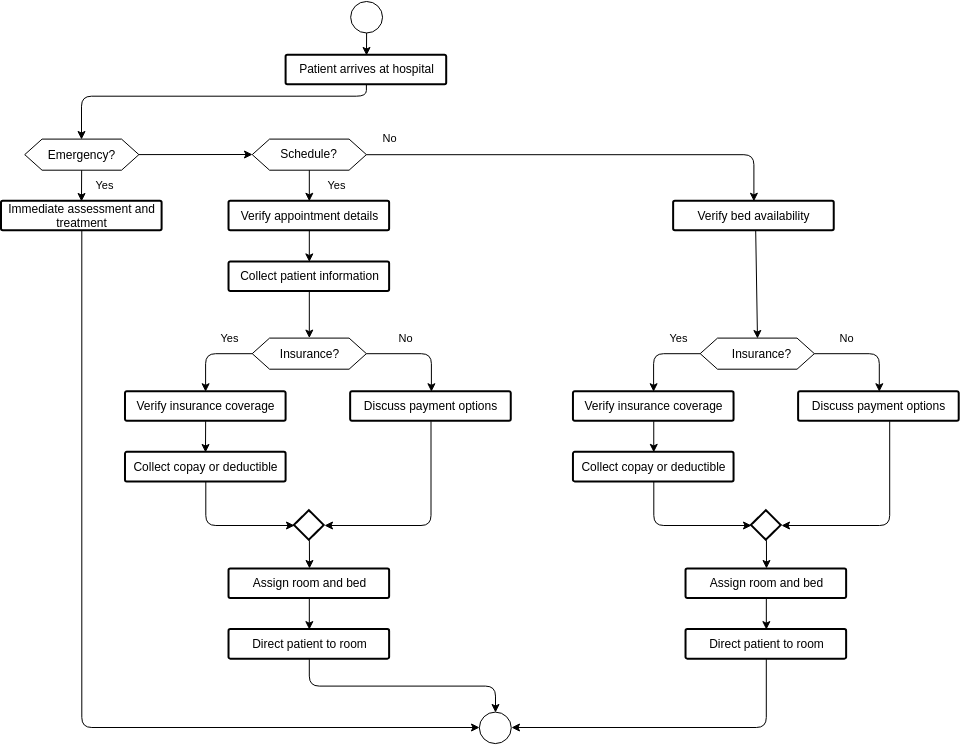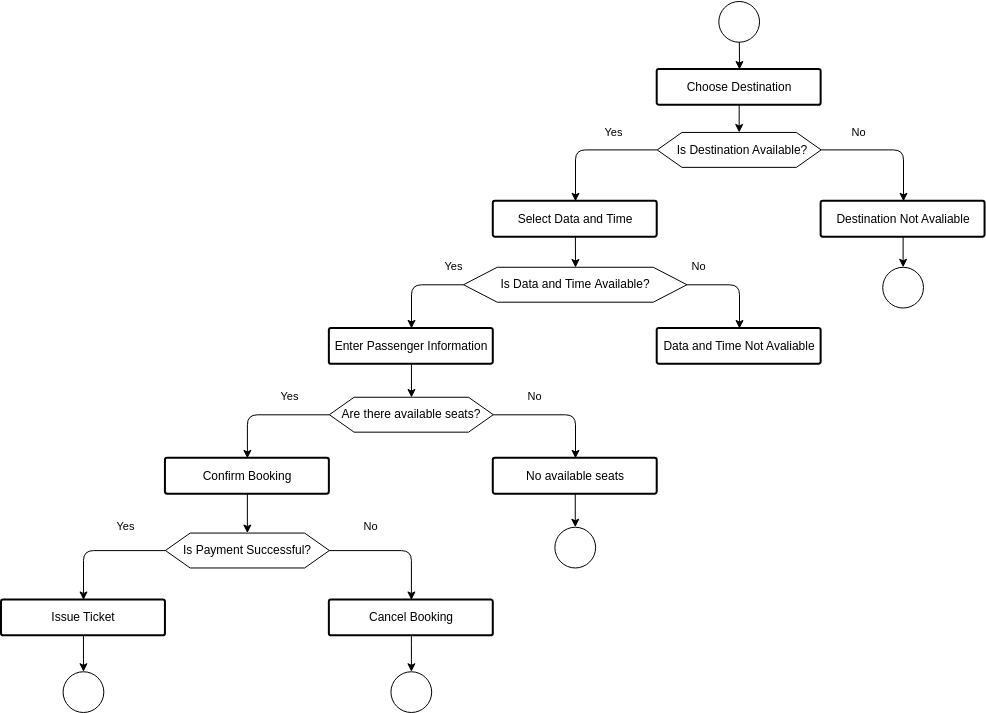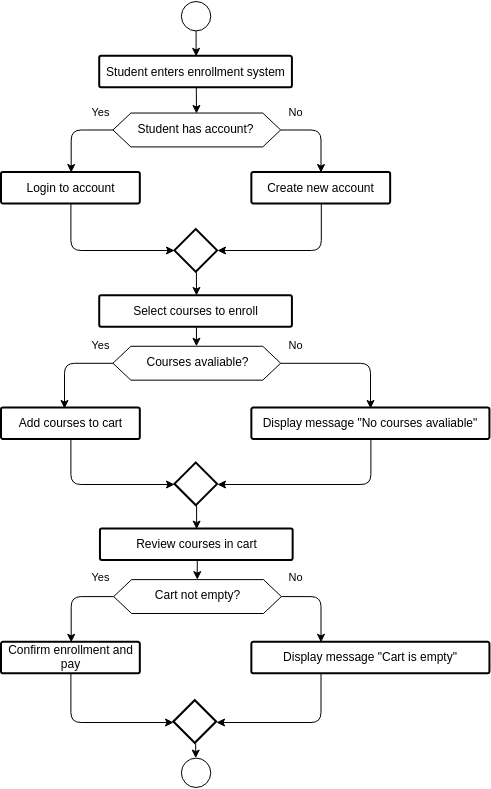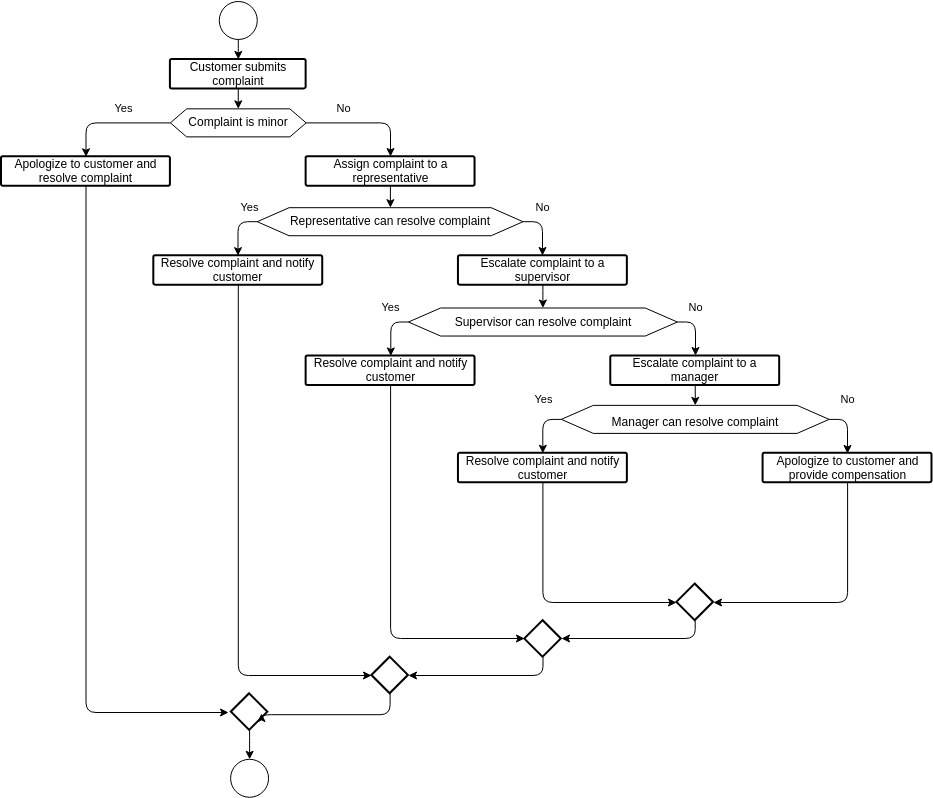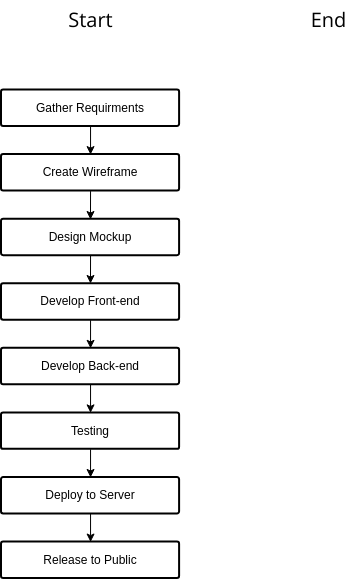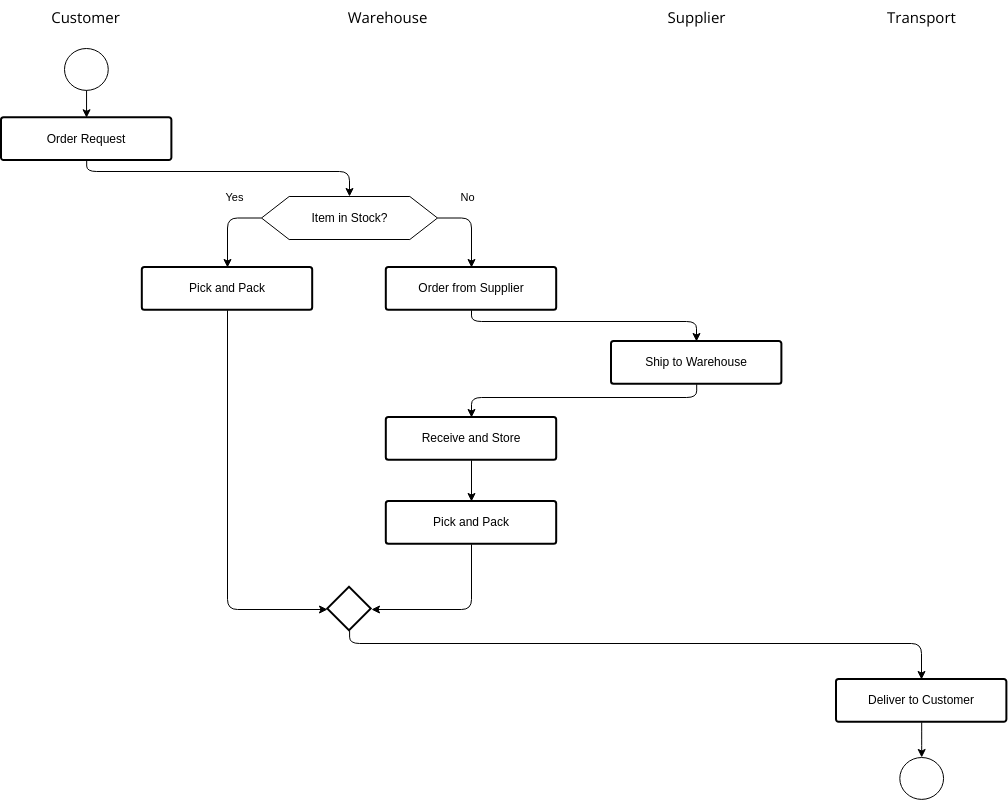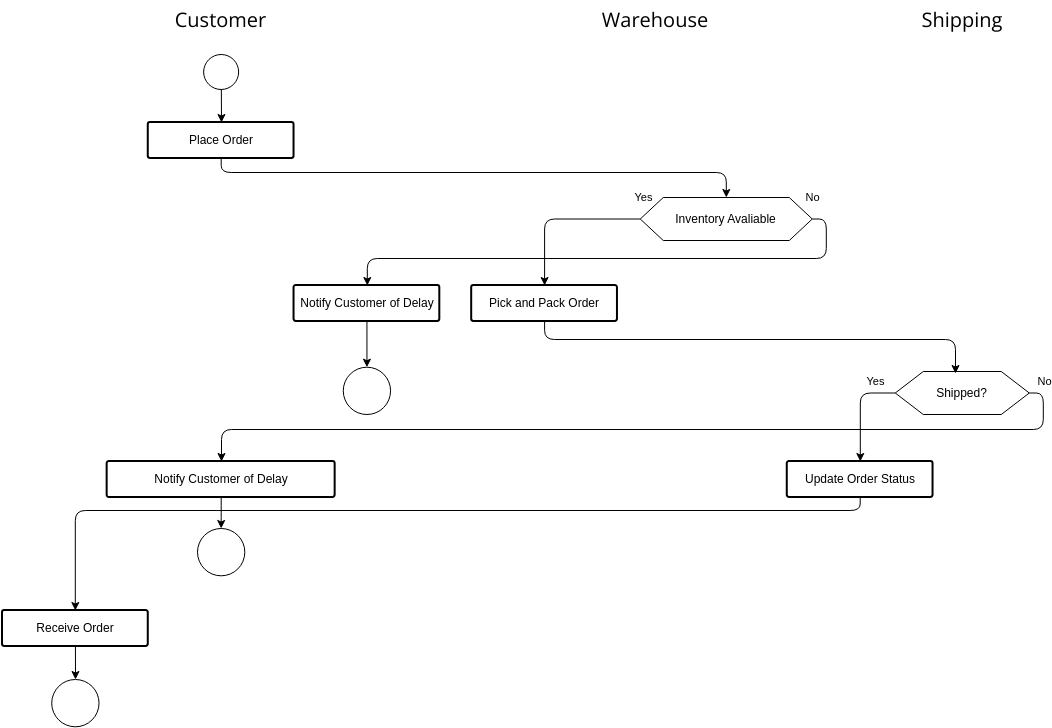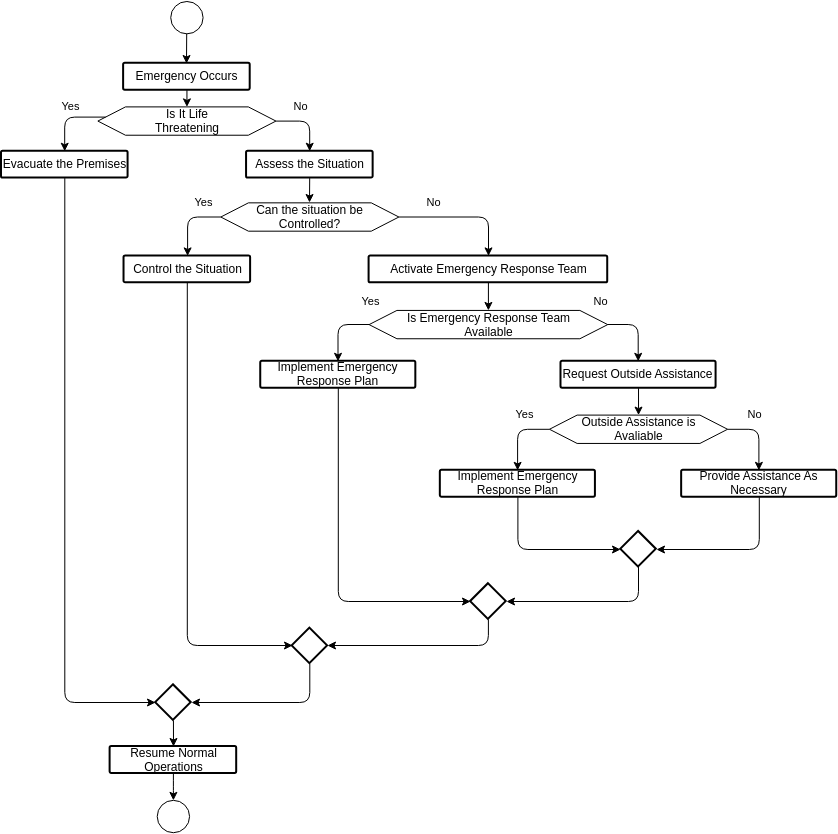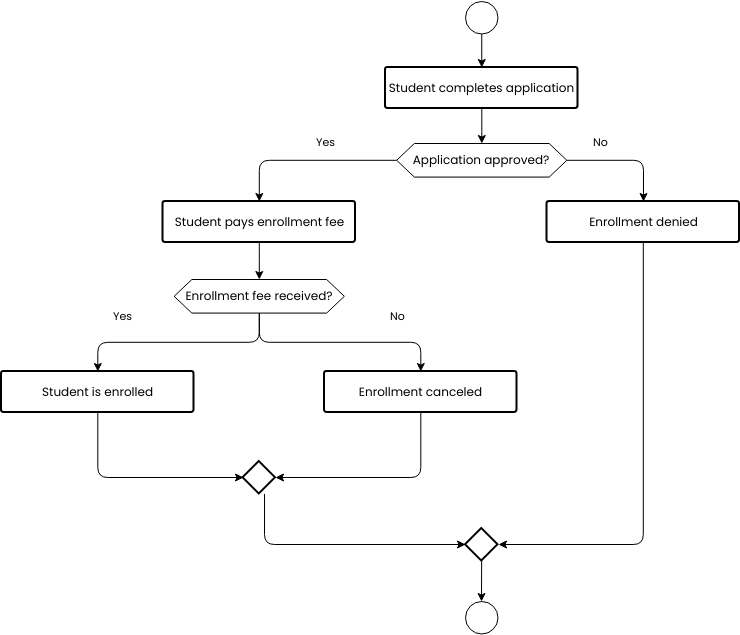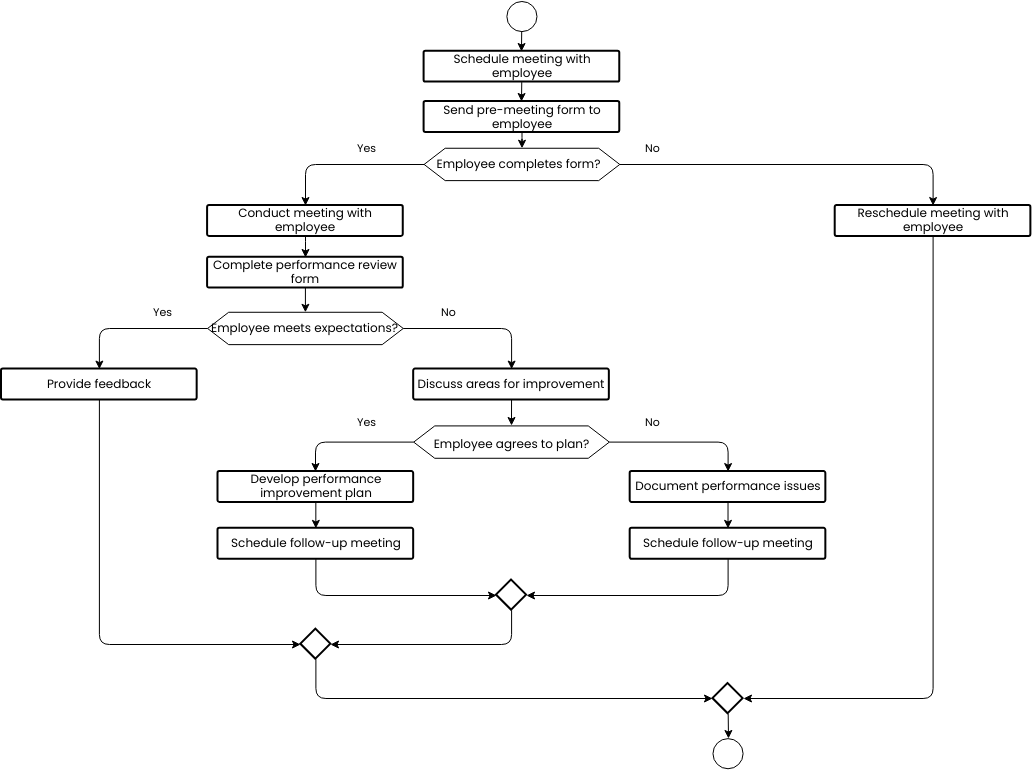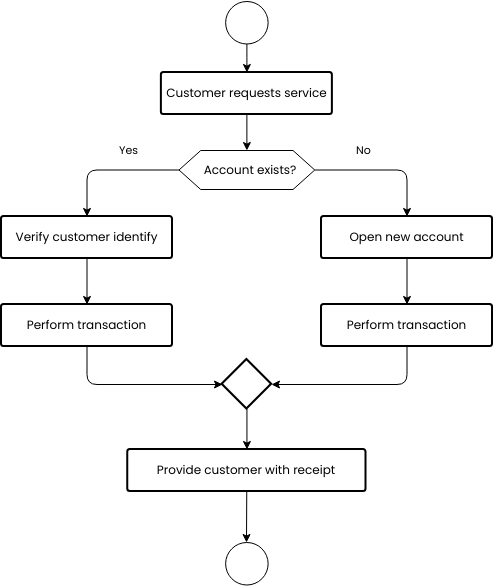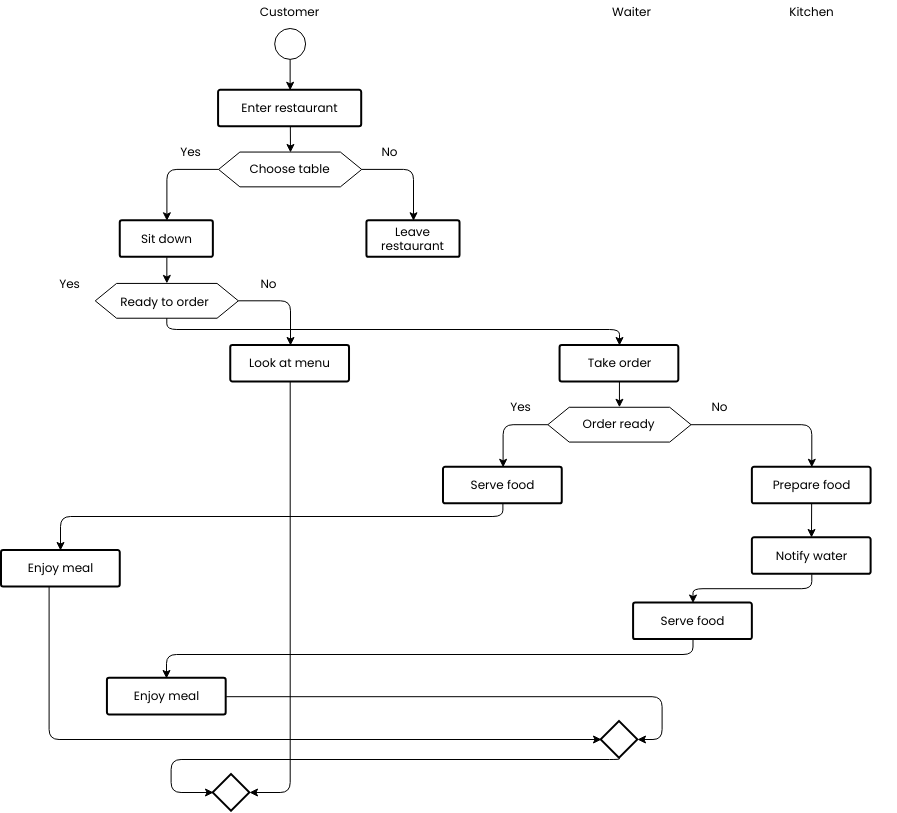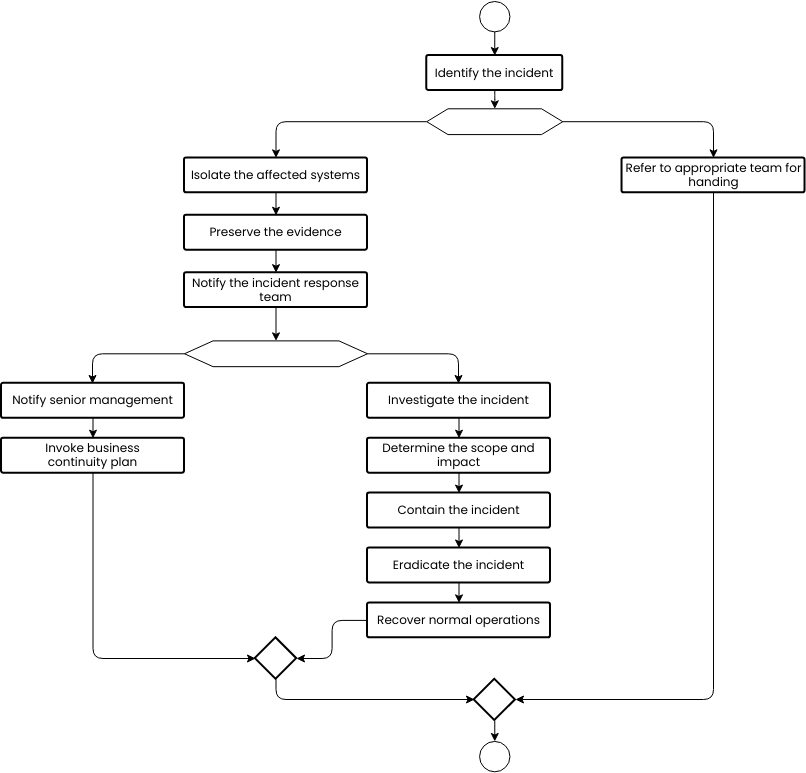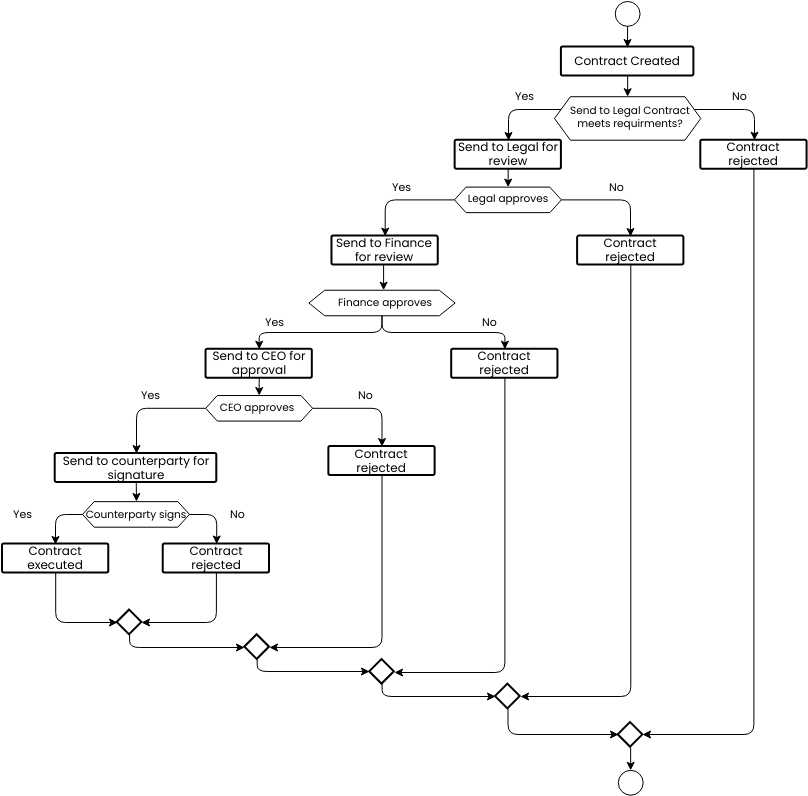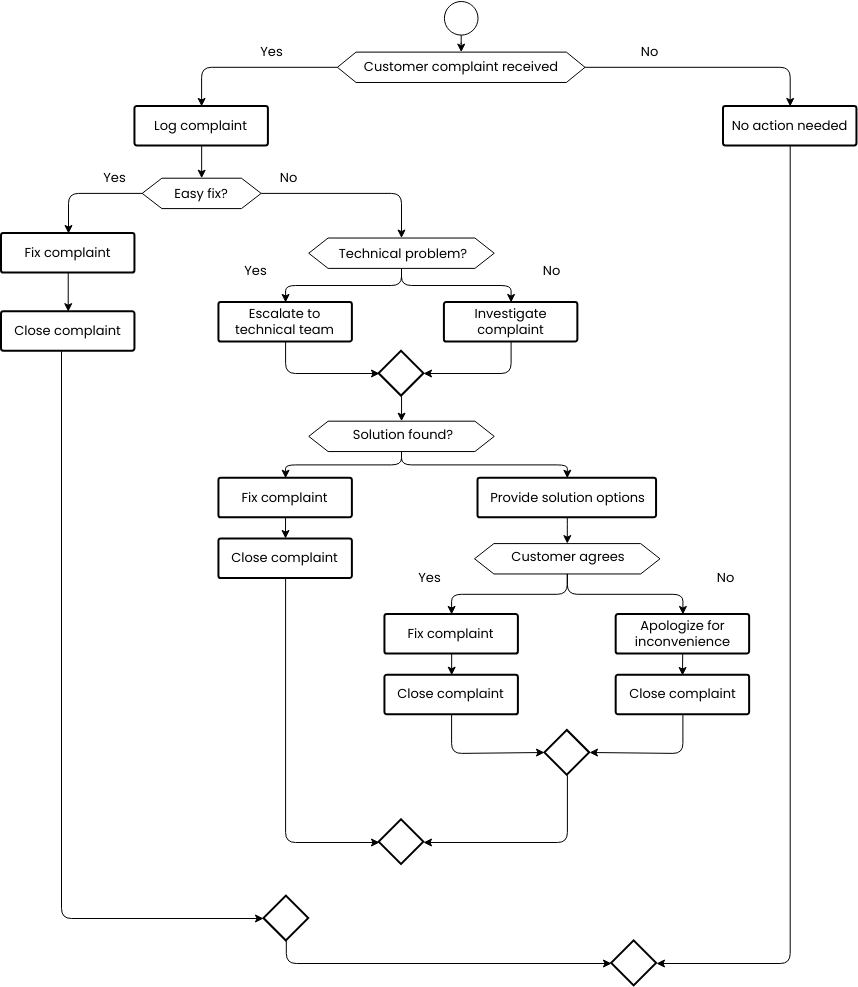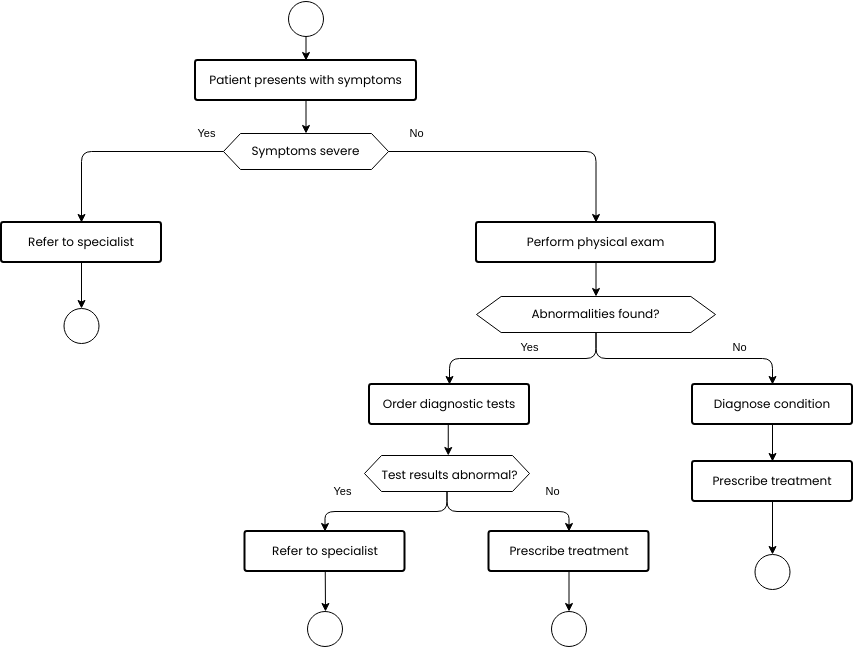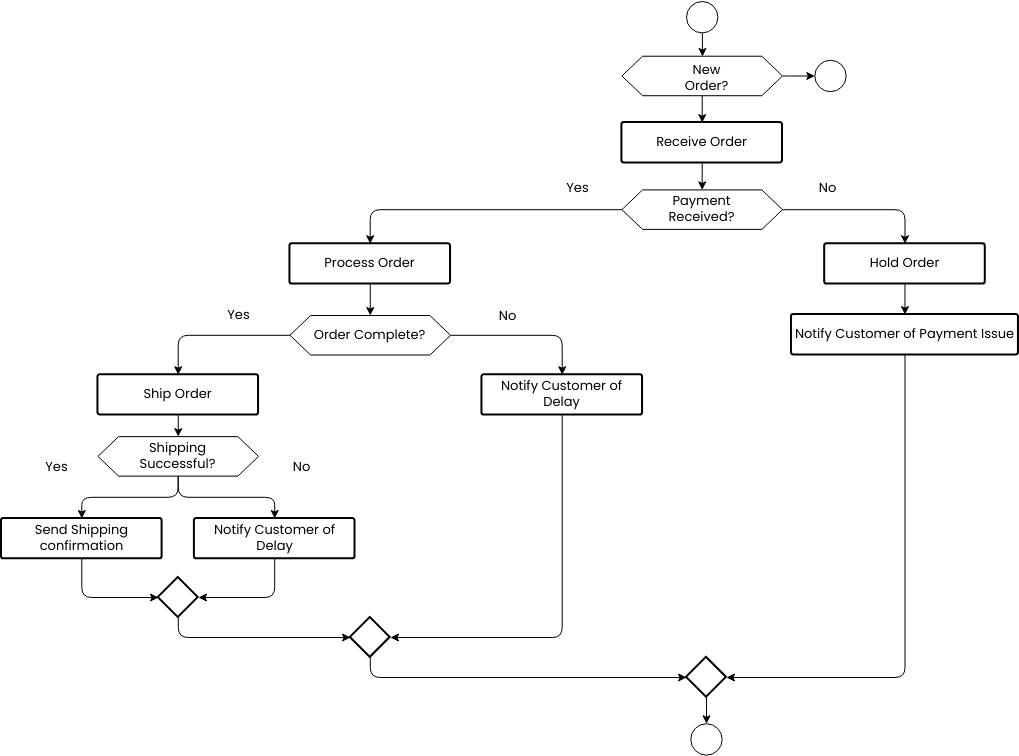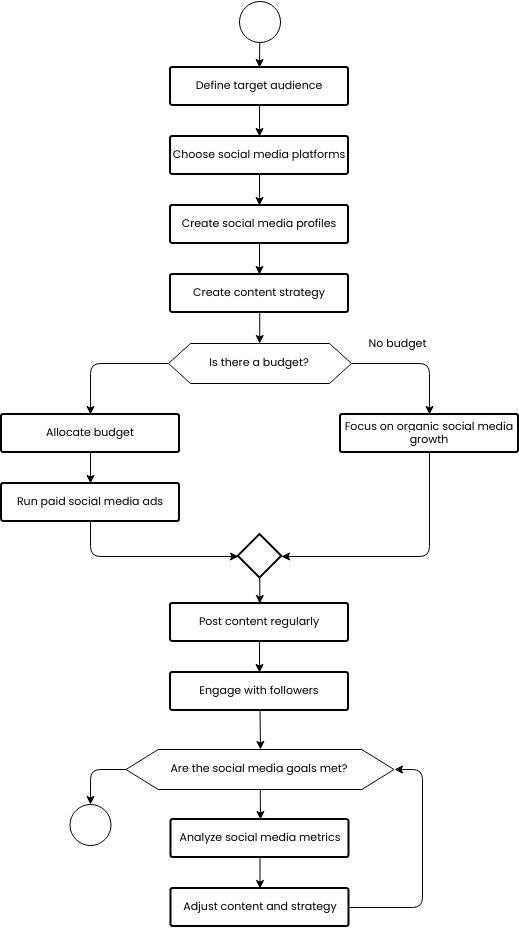The health and safety flowchart outlines the steps involved in managing workplace health and safety risks. The first step is to assess the risks associated with the work activity. This involves identifying potential hazards and evaluating the likelihood and severity of harm that could result from those hazards. Assessing risks is important as it helps to identify potential health and safety risks and prioritize actions to manage those risks.
Once the risks have been assessed, the next step is to implement controls to mitigate the risks. This can involve implementing physical controls, such as installing guards or barriers, or administrative controls, such as training and safety procedures. Implementing controls is important as it helps to reduce the likelihood and severity of harm resulting from the identified hazards.
The next step in the health and safety flowchart is to re-assess risks. This involves reviewing the effectiveness of the controls that have been implemented and identifying any new risks that may have arisen. Re-assessing risks is important as it helps to ensure that the controls that have been implemented are effective in managing the identified hazards and that new risks are identified and addressed.
The final step in the health and safety flowchart is to continue work. This step involves ongoing monitoring and review of the health and safety risks associated with the work activity to ensure that risks are effectively managed and that the workplace remains safe and healthy for employees.
What are the benefits of creating health and safety flowchart?
Creating a health and safety flowchart provides several benefits to businesses. First, it helps to ensure that workplace health and safety risks are effectively managed and minimized. By providing a clear and structured approach to health and safety management, businesses can identify potential hazards, prioritize actions to manage those hazards, and reduce the likelihood and severity of harm to employees.
Second, the health and safety flowchart helps to improve communication and collaboration among team members. By outlining the steps involved in managing health and safety risks, team members can understand their roles and responsibilities, ensuring that everyone is working towards a common goal. This can help to reduce the risk of errors or oversights and ensure that health and safety risks are effectively managed.
Overall, creating a health and safety flowchart is an important step for businesses to manage workplace health and safety risks and comply with health and safety regulations.
By providing a clear and structured approach to health and safety management, businesses can reduce the likelihood and severity of harm to employees, improve workplace safety, and enhance their reputation. Proper health and safety management can also attract and retain employees, improve long-term profitability and success, and contribute to a healthier and safer workplace.
Do you need templates for flowchart design? Right away, go to Visual Paradigm Online to look at some of your favorite customizable templates.
